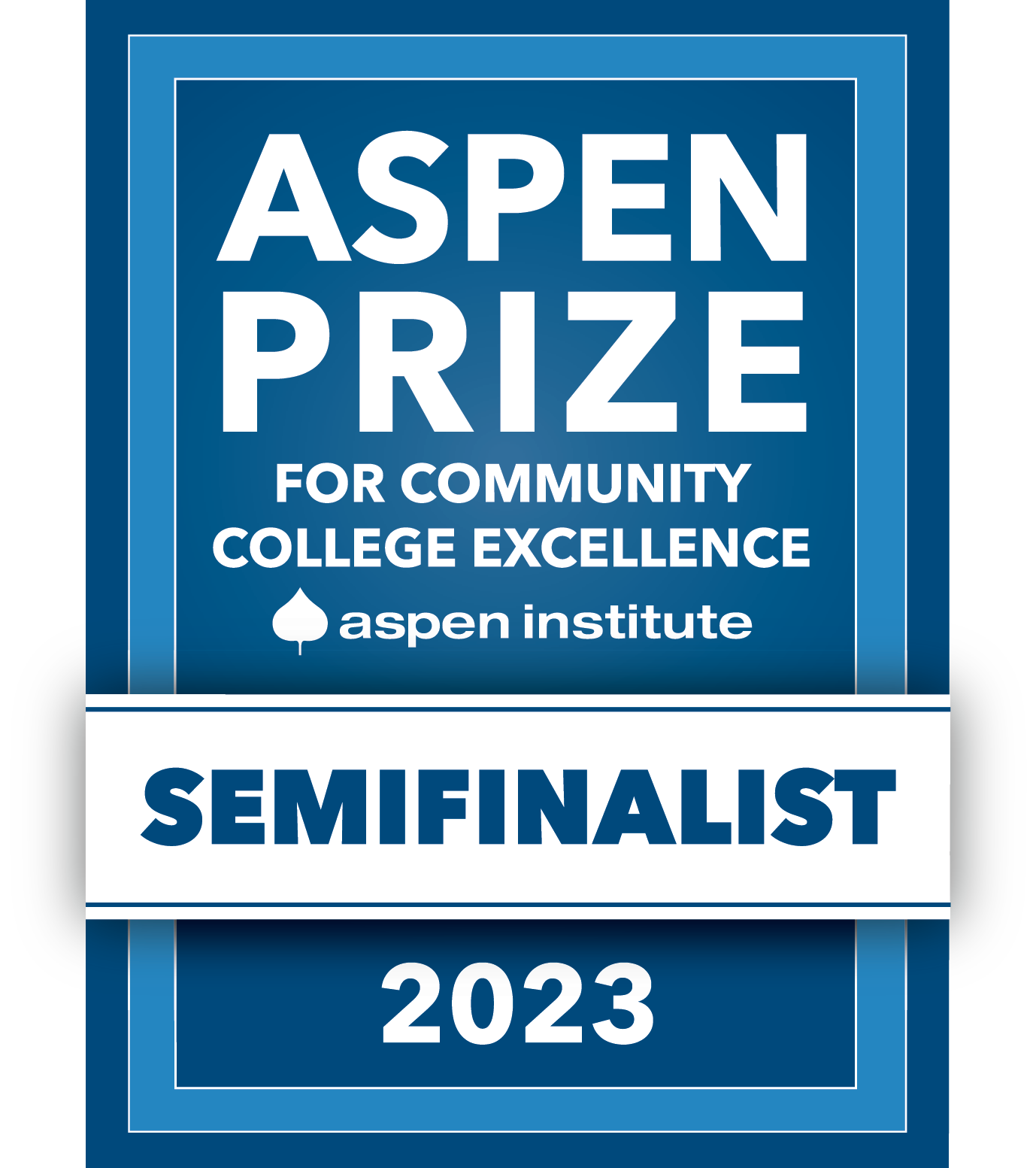- Welcome
- Campus Maps
- History
- Mission Statement
- Accreditation
- Administration
- Employment
- Human Resources Employment Process FAQ
- Position Vacancies
- Salary Schedule (PDF)
- Employee Benefits
- Paid Holidays
- Employee Handbook (PDF)
- Faculty Handbook (PDF)
- BENCOR Special Pay Plan (PDF)
- Social Security Collection and Usage
- Affordable Care Act Notice (PDF)
- Social Security Disclosure Summary (PDF)
- Tobacco-Free College
- Drug-Free Workplace & Campuses
- Technology Usage Acknowledgement (PDF)
- Employee Safety Manual (PDF)
- SFSC’s Annual Security and Fire Safety Report (PDF)
- Calendars
- News
- Social Media
- Honoring Our Retirees
- Celebrating Our Trustees
AVON PARK, Fla.–Aug. 31, 2015–With fewer student heading off to Florida’s colleges for the fourth straight year, South Florida State College posted the second largest increase in enrollment in the Florida College System.
SFSC reported a 2.21 percent increase in full-time enrollment, falling behind the state’s top performer, Pasco-Hernando State College, which saw an 8.6 percent jump in enrollment after opening a fifth campus to serve rapidly growing Pasco County.
Only six state colleges in the 28-member system showed enrollment increases, all reporting modest gains from the previous year. The remaining 20 state and community colleges registered declines in full-time enrollment.
“Our uptick in enrollment conveys that our vibrant approach to fulfilling our mission is working,” said Dr. Thomas C. Leitzel, SFSC’s president. “We are offering high-quality academic programs leading to employment and accompanying high levels of compensation for our graduates.”
Higher education experts have long observed a trend in college enrollment. When a recession hits the economy, the unemployed flock to the safe harbor of America’s colleges.
After the Great Recession pushed the labor market into a tailspin in 2008, enrollment in Florida’s college system hit a peak of 372,050 in 2011. With the unemployment rate sloping downward since 2010, enrollment dropped to 334,178 in 2015, a 10.1 percent decline.
SFSC has seen its enrollment follow a similar trend, with fewer students filling its classrooms each year.
This year’s rise in SFSC’s enrollment comes on the heels of Dr. Leitzel’s ongoing effort to boost enrollment. It follows other enrollment increases seen in prior years.
“We are razor focused on boosting enrollment,” said Dr. Christopher van der Kaay, SFSC’s executive director of institutional effectiveness, planning, and technology.
“Enrollment management is something every administrator here talks about, thinks about, and plans for as we navigate the challenges affecting colleges, here in Florida and across the country.”
Nationwide, college enrollment is off by 1 million since the spring of 2011, according to the National Student Clearinghouse Research Center, a nonprofit higher education research institution.
When Dr. Leitzel took office in 2013, he set in motion a raft of initiatives to boost enrollment.
The most visible project was the Experience Orange marketing drive in fall 2014. The college targeted its key demographic of 18- to 24-year-olds with a media campaign that played off SFSC’s colors with a blend of humor and irreverence.
But the campaign’s purpose was serious: It prodded young people into taking a fresh look at the range of career and educational opportunities available to them at SFSC.
“The student experience in SFSC’s learning environment is the key element in the campaign,” Leitzel said. “The experience leads to engagement for our learners, which is essential for completing their programs and securing a job leading to a productive career.”
The addition of a bachelor’s degree program in supervision and management has also boosted enrollment, according to Dr. van der Kaay, who tracks performance data for the college.
Enrollment data for the last academic year show that nearly 100 students were taking classes leading to a four-year degree.
SFSC transitioned from a two-year community college to a state college offering four-year degrees in 2012.
SFSC’s current academic term started Aug. 24 and Dr. van der Kaay said final enrollment figures won’t be available until all programs complete registration.
Going forward, new programs and marketing drives will boost enrollment as long as there are prospective students available to fill the seats.
“Enrollments fluctuate in predictable and unpredictable ways,” Dr. Leitzel said.
Administrators at SFSC have their eyes on one prediction. The U.S. Department of Education projects the number of Florida’s graduating high school seniors will start a modest decline in 2018.
“What we know is that enrollment increased last year,” Dr. Leitzel said. “Future enrollment is uncertain.”




